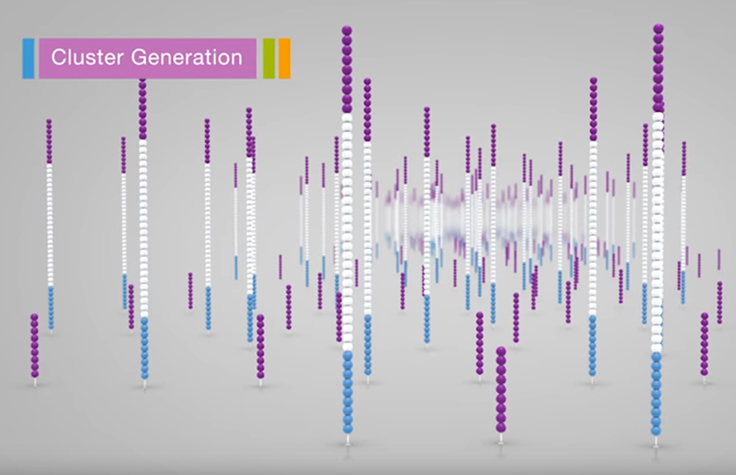HLA Sequencing
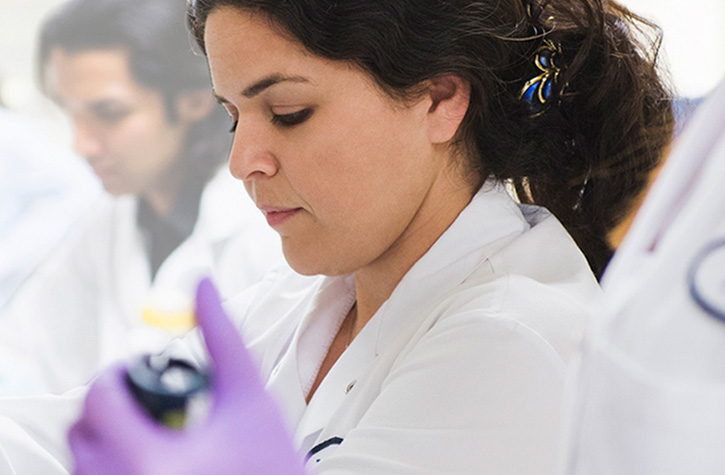
High-Accuracy HLA Sequencing Streamlined
Sequencing the HLA region can provide critical insight into immune disorders. Achieving high-resolution human leukocyte antigen (HLA) typing results with conventional methods requires multiple assays, systems, and analysis programs.
HLA typing with next-generation sequencing (NGS) generates unambiguous, phase-resolved HLA typing results using a single assay, system, and analysis program.

Benefits of NGS-Based HLA Analysis
The HLA region is the most densely polymorphic region of the genome. Sequencing HLA genes used to be notoriously difficult due to high levels of sequence homology between HLA genes and pseudogenes, dense variability, and poor characterization of the thousands of HLA alleles in the population.
NGS with Illumina sequencing by synthesis (SBS) chemistry overcomes these challenges, enabling simple, high-quality analysis of the key HLA genes for basic and clinical research applications. Highly accurate and robust Illumina SBS chemistry is a widely adopted NGS technology worldwide.
Application of NGS to HLA Analysis
In principle, NGS is similar to Sanger (capillary electrophoresis-based) sequencing. The bases of a DNA fragment are identified sequentially from signals emitted as each fragment is resynthesized from a DNA template strand. NGS scales up this process; millions of reactions occur in a massively parallel fashion. This advance enables rapid sequencing of large stretches of DNA such as the HLA region.
Phase-Resolved HLA Sequence Analysis
Illumina NGS technology supports paired-end sequencing, a unique feature that is crucial for successful, unambiguous HLA typing. Sequencing the ends of the library DNA fragments generates high-quality base calls. The physical link between the 2 reads (originating from the same clonally amplified library DNA fragment) allows association of variants found in each read pair. The distance between the paired reads varies as a result of the random library fragment generation process, allowing the direct resolution of the phase of 2 variants.
HLA Sequencing Research Articles
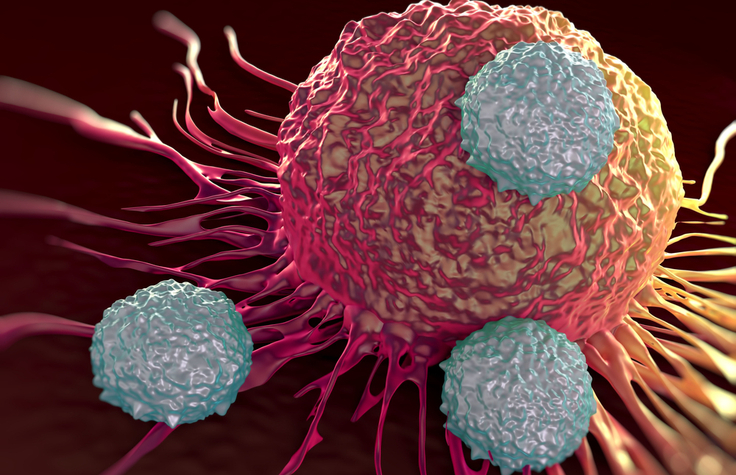
Precision Immunotherapies Using Tumor-Specific HLA Ligands
RNA-Seq and HLA typing are increasing the power and efficiency of a target discovery platform.
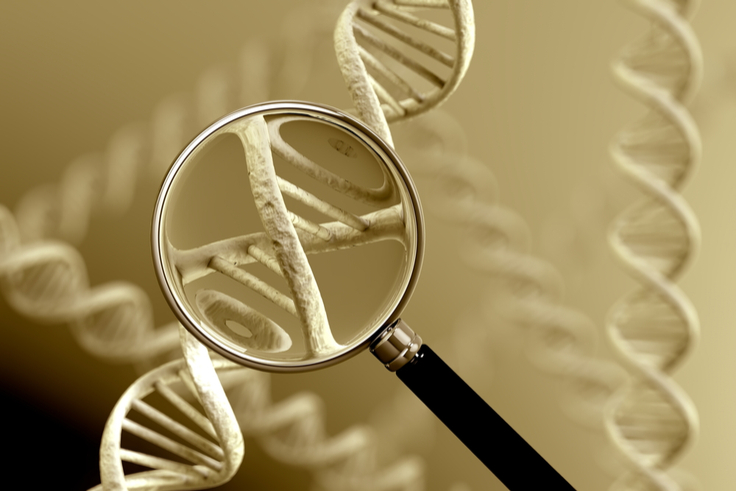
HLA Genetics & Autoimmune Disease
Researchers query the genome with NGS and perform HLA genotyping to identify novel risk loci for immune-mediated disease.
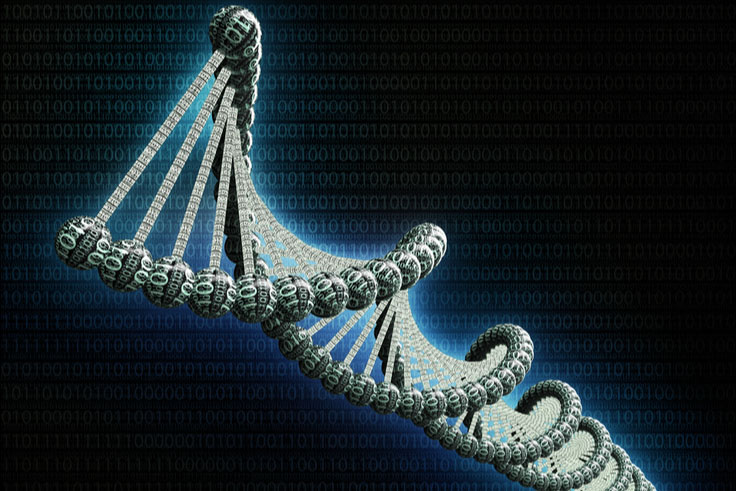
Exploring HLA Diversity in Brazil
Drawing upon the genetic diversity of Brazilians, scientists develop an HLA variation database.
Gain Insight into Immunological Diseases
NGS and microarray solutions enable researchers to investigate potential autoimmune disease mechanisms, the immune repertoire, tumor immunogenicity, and the functional consequences of immune-related genetic variation.

Advantages of Multiplexing
Multiplexing enables large numbers of loci to be sequenced simultaneously during a single experiment. Individual “barcode” sequences are added to each locus so they can be differentiated during HLA sequencing data analysis.
Sample-to-Report HLA Typing
The TruSight HLA v2 Sequencing Panel, originally developed by Illumina and now available from CareDx, enables phase-resolved, sample-to-report HLA typing for 11 loci in a single assay, with a single workflow, on a single instrument, for dozens of samples simultaneously. Gone are the days of resolving ambiguities for every sample at every locus; TruSight HLA delivers an ultra-high–resolution typing result the first time.
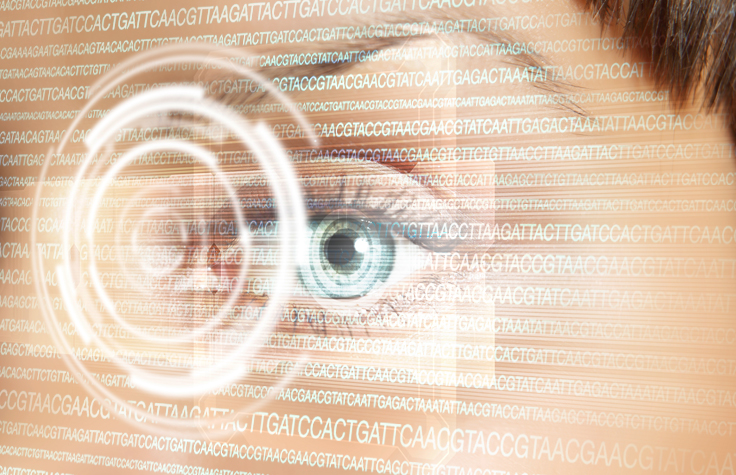
Featured Sequencing Instrument
MiSeq System
Access focused applications such as targeted resequencing, metagenomics, targeted gene expression profiling, and more.
Interested in receiving newsletters, case studies, and information on HLA sequencing? Enter your email address.
Additional Resources
*Data calculations on file. Illumina, Inc., 2015

